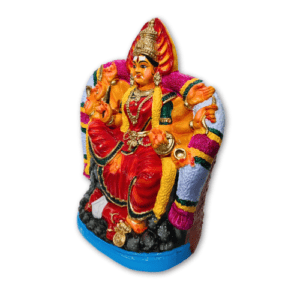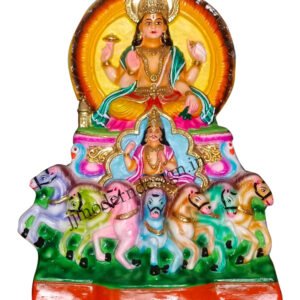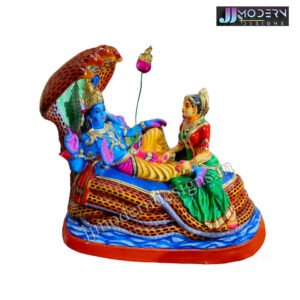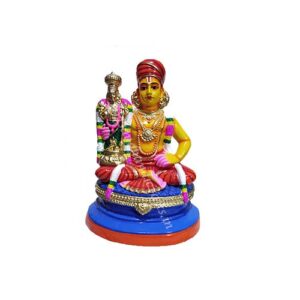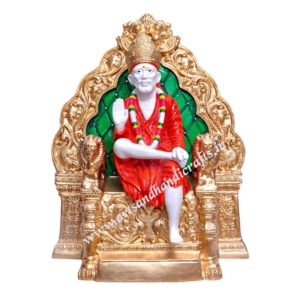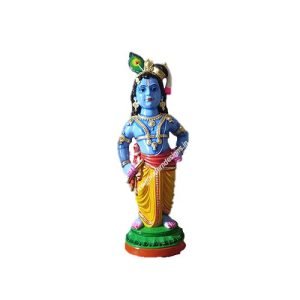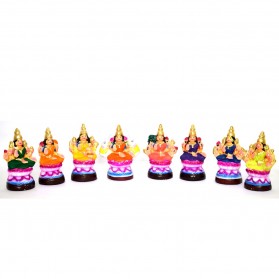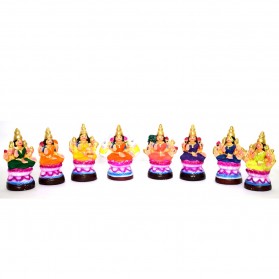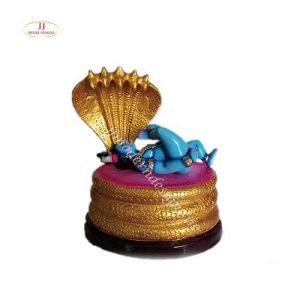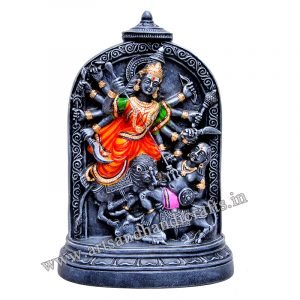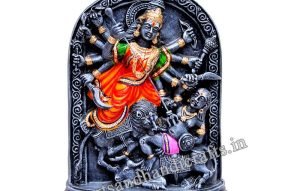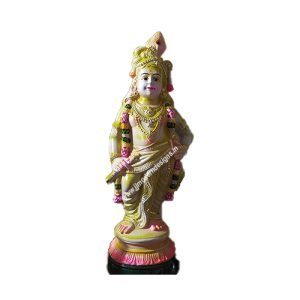Chidhambaram Thillai kali
₹ 6,200.00 ₹ 5,800.00
Out of stock
Chidhambaram Thillai kali
About this Item
Material – P/M
Size – 19 Inch
Weight – 2.500 g
Kali or Durga worship, also known as Shaktism, entered into Tamil country from the Gauda region (present-day Bengal) before the 7th century C.E. Tantric rituals were followed during the daily worship in the Kali temples. The situation changed when the Cholas were in ascendancy. Cholas embraced Saivism as their religion, and the rituals were based on Agamas rather than the Tantric tradition. During the reign of Vikrama Chola (1118 C.E. to 1135 C.E.) and his son Kulothunga-II and grandson Rajaraja-II, the transition to Saivism was complete and Shaktism was relegated to a subordinate role. Shiva, the supreme, was also portrayed as the King of Dance (Nataraja) and in the mythology, he defeated Kali in a dance competition. The symbolism of the victory of Saivism over Shaktism is unmistakable.
When the later Cholas constructed the grand Shiva temple in Chidambaram, it became the centre of the town, and the Thillai Kali temple location became the outskirts of the town.
From the various inscriptions on temple walls, it appears that the present temple was constructed in the 13th century C.E. by one Kadava Kopperunchingan, a local chieftain. The deity is variously referred to as Pidariyar, Thillai Vanam Udaya Parameshwari and Thillai Thiruchitrambala Mahakali in the inscriptions
Related Products
- desktop-columns-3 tablet-columns-2 mobile-columns-1
-
-
Vaikunda Perumal with Lakshmi Spl 21″ inch (P/M)
₹ 8,500.00₹ 7,499.00Availability: In stockOut of stock
-
-
-
Standing Krishnan 22 Inch (P/M)
₹ 4,200.00₹ 3,300.00 -
-
Santhana Krishnan 14 Inch (P/M)
₹ 4,200.00₹ 3,500.00 -
Mahishasura Mardini 16 Inch (P/M)
₹ 4,800.00₹ 4,200.00 -
Yellow Standing Krishna 20 Inch (P/M)
₹ 4,200.00₹ 3,900.00



